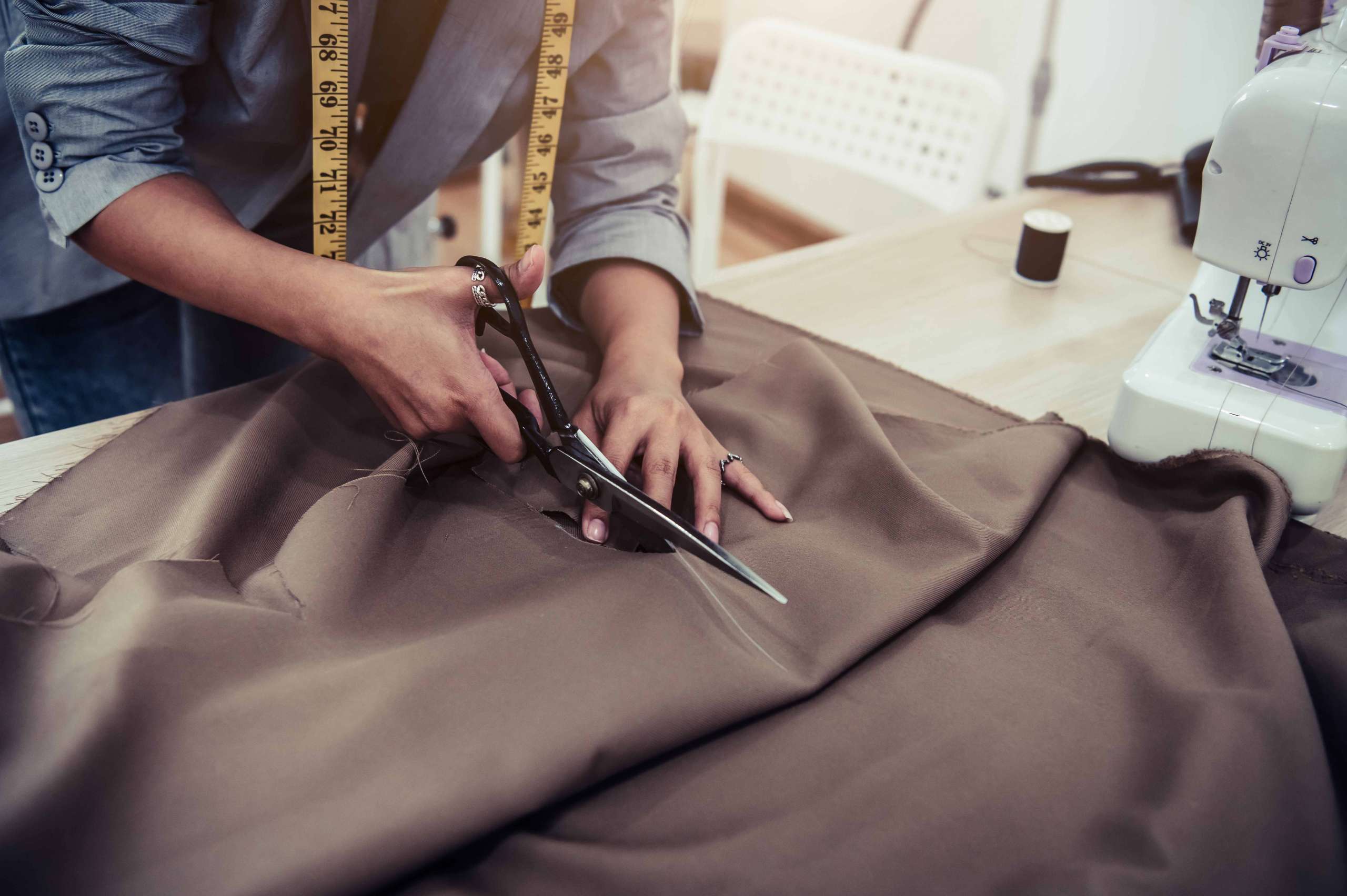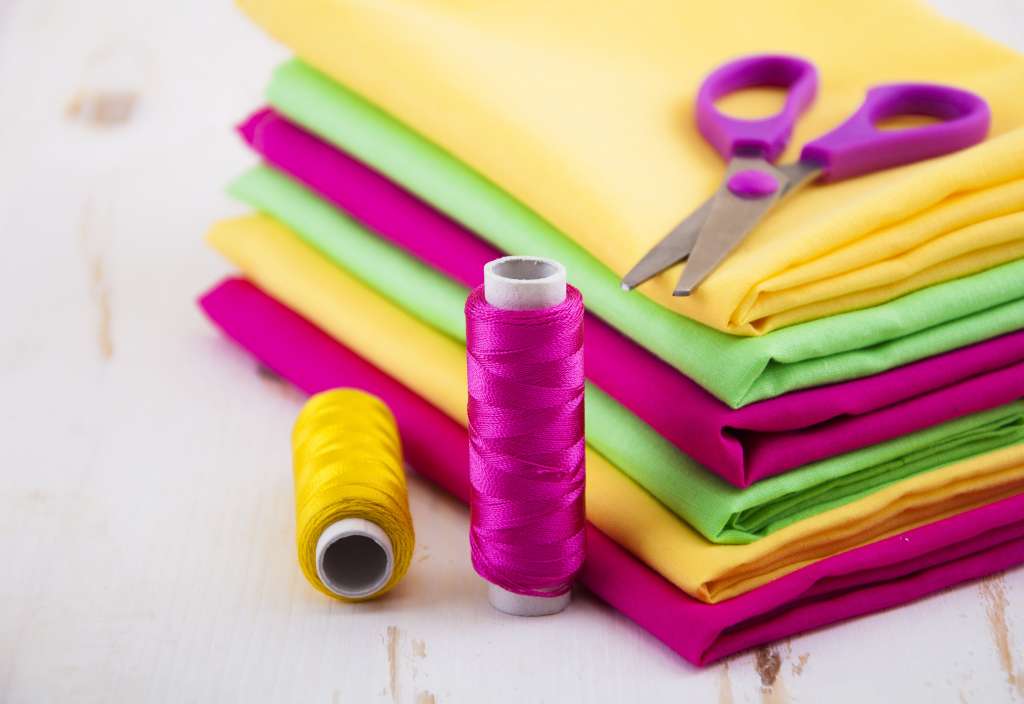How to Calculate Fabric Utilization Percentage in the Cutting Room?



Introduction
Fabric is perhaps the most crucial component of the apparel industry, accounting for nearly 50% to 80% of the total garment cost. Thus, even if you save a percentage of fabric, it can significantly reduce your costs.
One of the most significant activities in the cutting room is the cut order plan, an everyday activity in the apparel industry. It is also known as lay plan, cut plan, and lay lot plan. A cut order plan is a technique that optimizes the overall cutting process under predefined constraints while following all standard parameters.
According to experts, there are several facets to cut order planning, and one of the most important is reducing fabric consumption. The major goal of an excellent cut-plan strategy is to minimize the cost.
Factors that add to the total cost in the cutting room in the apparel industry are:
- Fabric cost
- Marker making cost
- Spreading cost
- Cutting cost
- Bundling cost
- Fabric cost
Fabric is the key driver of the apparel industry, which constitutes 50% to 80% of the total cost of the entire garment. On the other hand, the labor cost is nearly 10% to 15%. As a result, cutting fabric smartly and effectively is prioritized rather than focusing on other factors.
- Marker making cost
After the introduction of the automatic marker and Computer-aided Design (CAD) system, making markings all over has become easier and better than ever before. Additionally, it has greatly reduced marker-making costs to a great extent.
- Spreading cost
Several factors determine the spreading cost, such as the total fabric laid down, the total number of fabric lays, and the total number of roll changes.
- Cutting cost
The total number of bodies that need cutting determines the cutting cost.
- Bundling cost
The bundling cost depends on various factors, such as order quantity, size of bundles, and the number of parts. The Cut Order Plan does not determine bundling in any way.
How does the cut order plan save fabric in the cutting room?
Reducing the three parameters of end loss, plies, and marker length lessens the fabric loss.
- End loss: Cutting allowance is taken at both ends of the ply as the cloth is stacked on the cutting table. End loss is the term for the fabric's length allowance. End loss is also known as the length of fabric that is not covered by a marker. Increasing the marker length can reduce the amount of fabric wasted due to end loss.
- Plies: It is obvious that wastage increases with the increase in the number of plies. Therefore, the number of plies should be as close to the ideal number of plies as feasible to prevent fabric loss.
- Marker length: The industry uses the marker daily. Hence, it understands well the concept of marker length. High-efficiency markers can result in improved savings. However, suppose one can only make one or two high-efficiency markers while overlooking all smaller markers and remnants. Then, the benefits will go in vain. One important factor is to drive the focus from individual markers toward the entire order.
Fabric utilization

Fabric utilization, in simple words, can be described as the total amount of fabric utilized while cutting the garment in the cutting room to make patterns.
As mentioned earlier, fabric constitutes a major percentage of the total cost; hence, effective fabric utilization is crucial to saving resources.
Steps to calculate fabric utilization
The utilization of fabric is calculated by weight.
- Determine the marker or lay length (A) used in the bulk cutting. Calculate fabric weight in grams per square meter (GSM). Imagine that the width of the fabric is 1.2 meters.
- Calculate the weight of the lay (B).
Fabric weight = Fabric width X Lay Length X GSM X No. of plies (You can also calculate taking multiple lays) or 1.2 X A X GSM X no. of plies.
- Cut clothing patterns and collect all the wasted fabric. Start weighing the waste (C). The waste generally includes cut waste and end loose.
- Fabric weight of cut panels D = (B-C)
- Fabric utilization (%) = Weight of cut panels (D)/Total weight of the lay (B)*100
Example for calculating fabric utilization:
Measured lay length = 2 meters
No. of Plies = 3
Fabric GSM = 100
Fabric width = 1 meters
Calculated lay weight = 2x3x100x1 = 600 g
Collected waste weight after cutting = 200 grams
Cut panels weight = (600 – 200) = 400 grams
Fabric utilization percentage = (400/600*100) = 66.6%
Final words
Fabric is one of the most important aspects of the apparel industry and represents the bulk of the cost. Reducing fabric wastage can increase fabric utilization.
This article teaches one how to calculate fabric utilization percentage in the cutting room. There are several ways to calculate fabric utilization%. If you are eager to learn about fabric utilization percentages, visit Fashinza. We are an AI-powered platform where brands can place orders, track status, communicate with manufacturers, receive daily production updates, and make payments. Additionally, we provide adequate support in the complete production process.




















